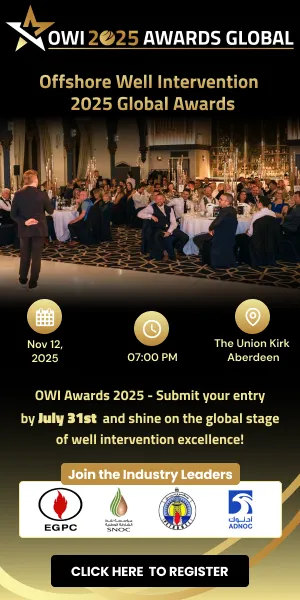With the formal approval from the South Africa Department of Mineral and Petroleum Resources for both the Exploration Right and Section 11 transfer, Eco Atlantic Oil & Gas Ltd's 75% Working Interest and full Operatorship of Block 1 offshore South Africa is now official
This acquisition, completed through Eco's wholly owned subsidiary Azinam South Africa Limited, significantly expands the Company's Southern African Orange Basin footprint and positions it as a key operator. The remaining 25% interest is held by Tosaco.
Block 1, which spans a vast 19,929 sq km, straddles the border between South Africa and Namibia. It offers full margin transect coverage from the shoreline to deepwater (shore to 263km offshore, in water depths up to 1,000m), encompassing both shallow and deepwater exploration potential.
Gil Holzman, co-founder and CEO of Eco Atlantic, said, "As the Orange Basin continues to demonstrate its world-class hydrocarbon proof and potential, Eco's executive team has worked relentlessly over the past 18 months to secure a premier asset on the South African side of the basin. With the successful approval and execution of the Exploration Right and 75% Working Interest award, we are proud to have secured one of the largest and prospective blocks in the entire basin with a known hydrocarbon footprint - Block 1 - located directly on the South Africa-Namibia maritime border. Block 1 adds to our portfolio in the Orange basin which also includes Block 3B/4B operated by TotalEnergies.
"We are grateful for the productive collaboration with the Government of South Africa and its key agencies, particularly our valued partners at the Petroleum Agency South Africa ("PASA"). I was honoured to attend the signing ceremony yesterday at PASA's offices in Cape Town. This milestone reflects the dedication and strategic focus of our leadership team in securing an asset with existing hydrocarbon evidence and significant upside potential and aligning with our strategy to partner directly with governments to secure agreements in high potential secure jurisdictions and to lay groundwork for future partnerships.
"Our technical team has already begun analysing the extensive, high-quality 2D and 3D seismic, and well logs data, which materially accelerates our path to drilling while reducing early-stage exploration costs and timelines. The block's prior discoveries, including tested gas flows and oil shows, confirm the presence of an active petroleum system.
"Initial interpretation is underway, and we are in the process of delineating early leads to develop the exploration strategy. We are already seeing significant inbound interests from international oil companies and mid-tier partners. As a result, we anticipate launching a formal farm-out process in August with further updates to follow in due course."










